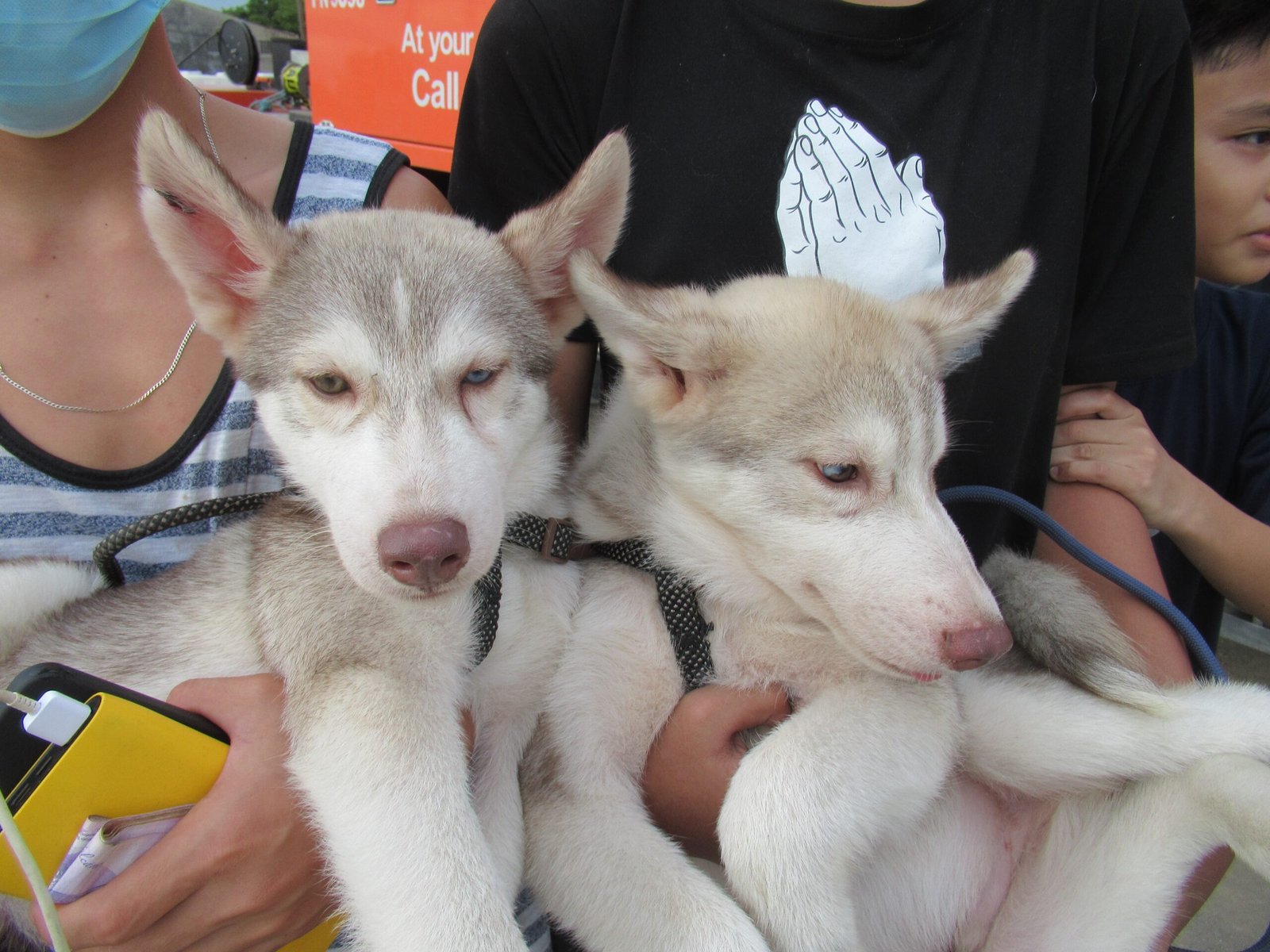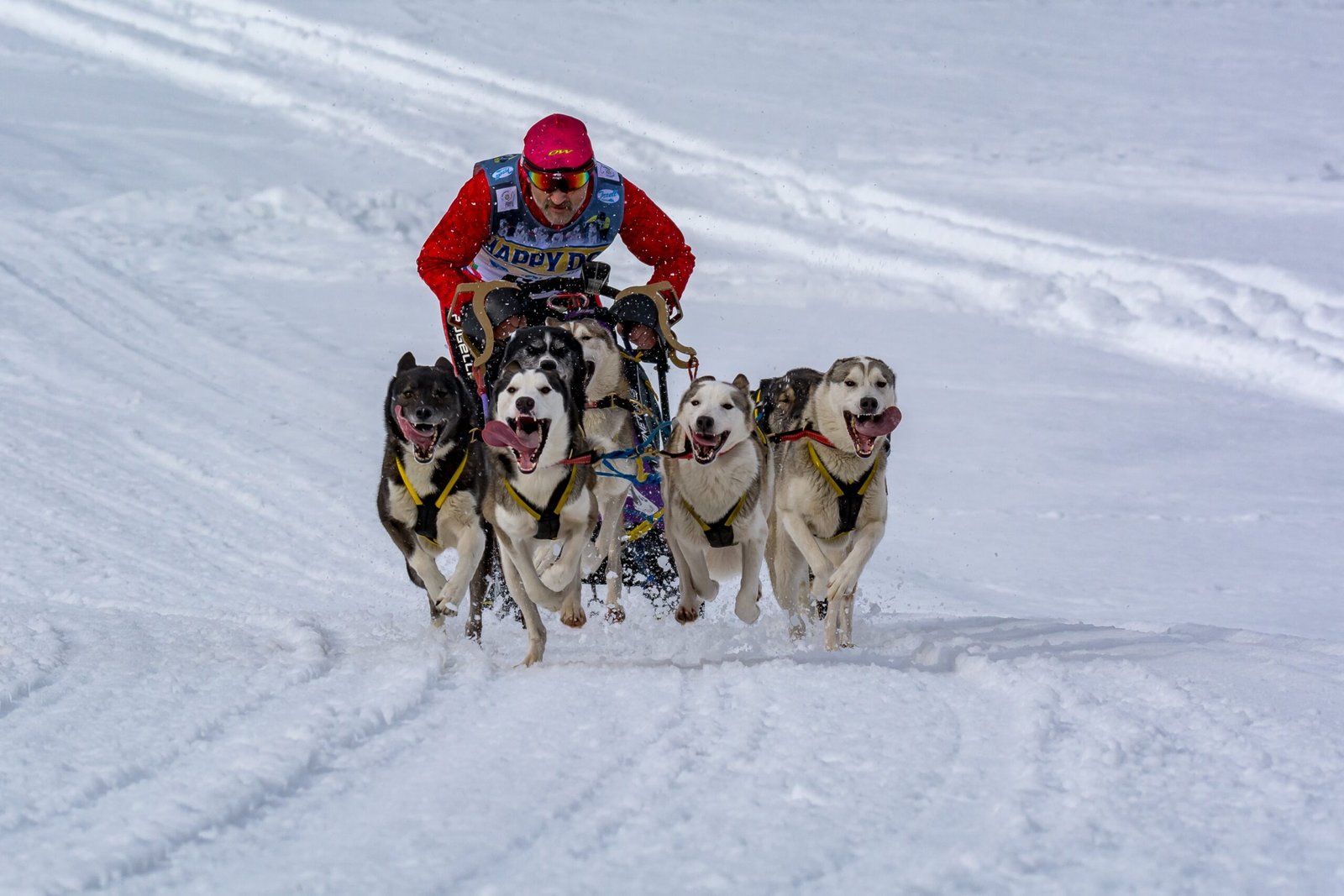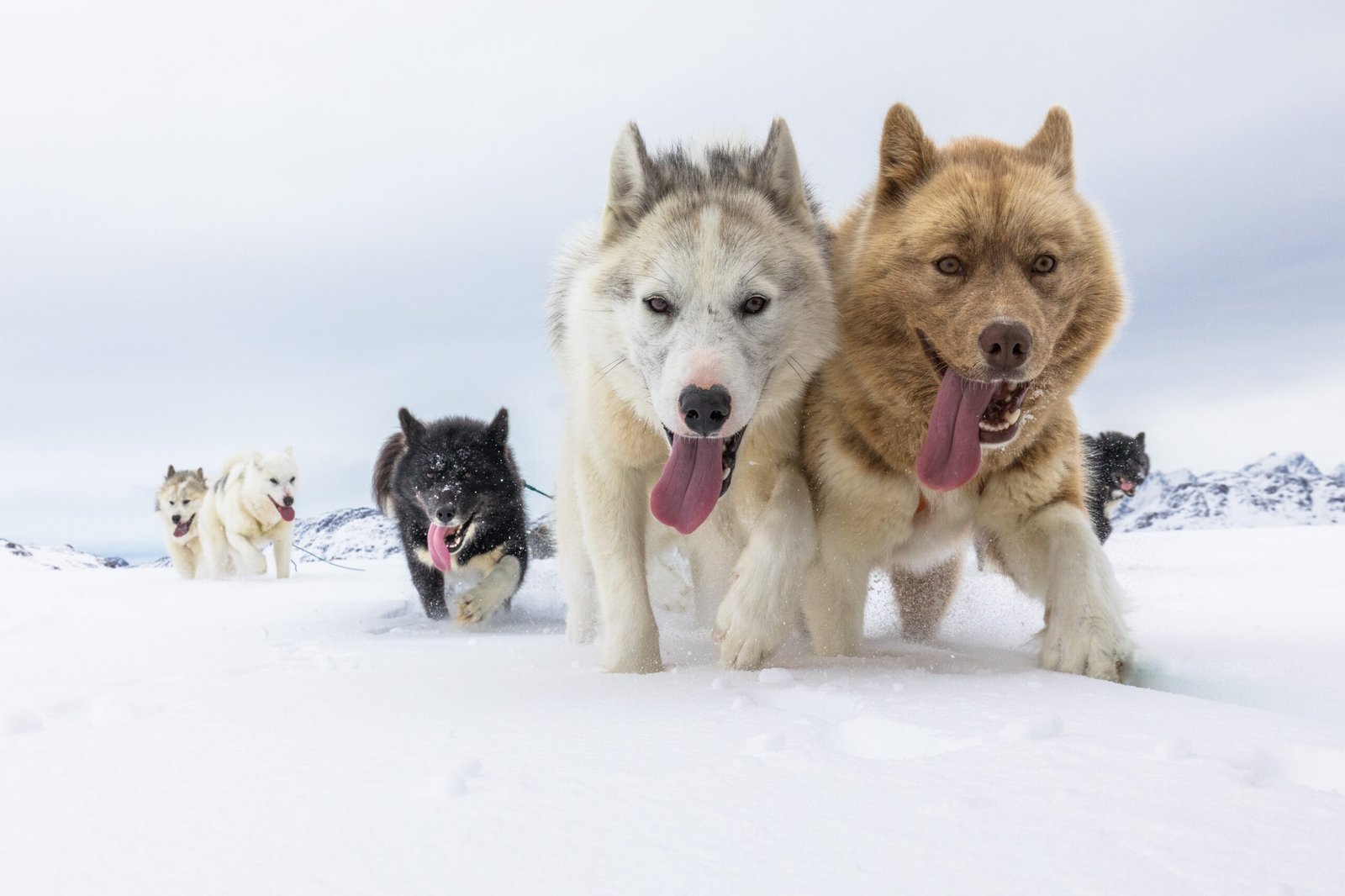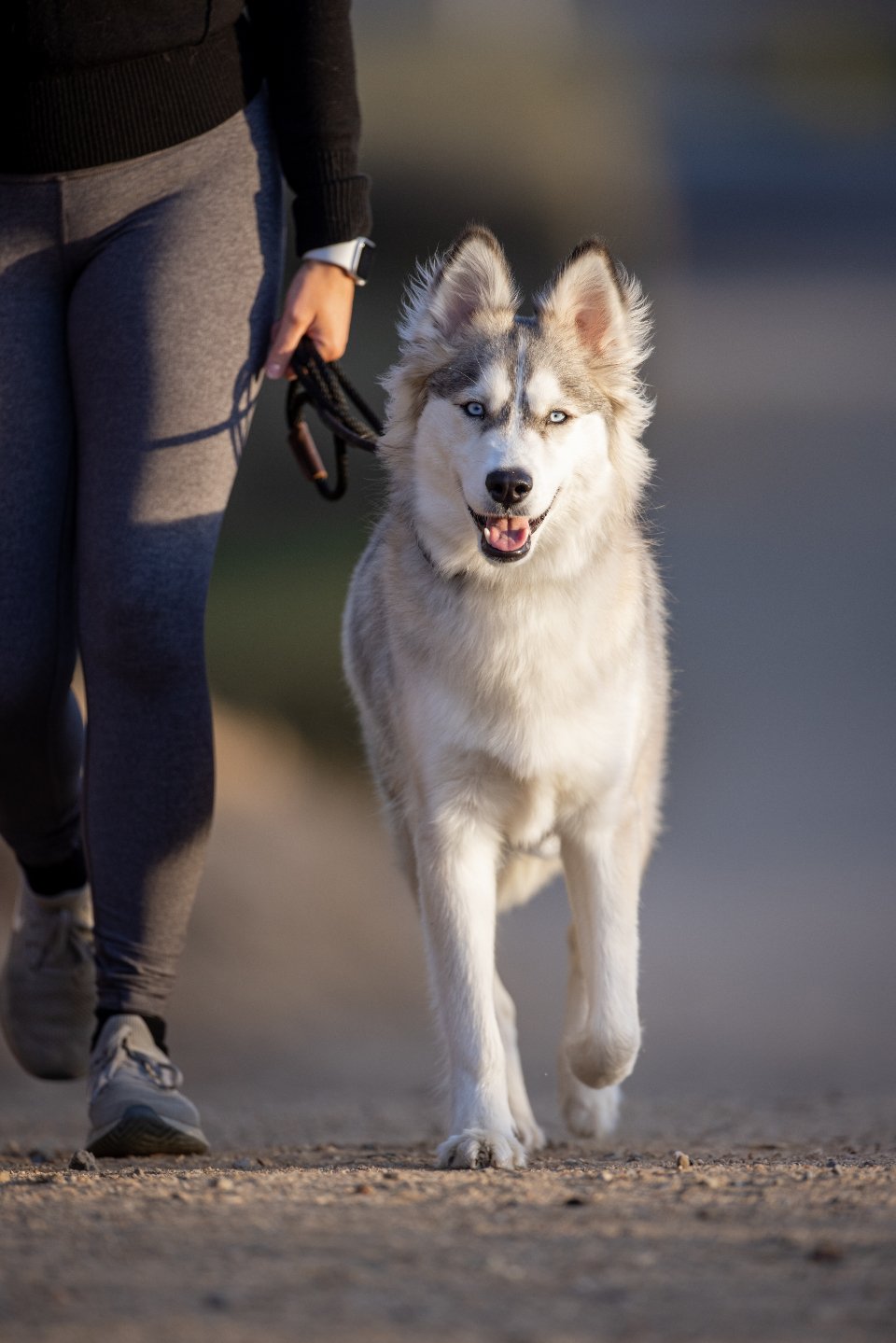Picture this: a majestic Siberian Husky, known for its wild spirit and playful energy, trotting alongside a tiny, delicate Chihuahua. It sounds almost too cute to be true! But for many dog lovers, the idea of mixing big, high-energy breeds like Huskies with petite companions brings a wave of concern. Will the Husky’s playful nature blend with the small dog’s gentleness, or is chaos inevitable? If you’ve ever wondered whether these surprising duos can truly share a home—and a peaceful one at that—you’re in the right place. Let’s dive into the fascinating world of Huskies and small dogs living together, and discover how to make harmony possible.
Understanding the Husky Personality
Huskies are famous for their boundless energy and mischievous streak. These dogs are more than just pretty faces; they were bred to run for miles in harsh conditions, which means they have stamina and drive by the bucketload. Huskies are also incredibly social, loving nothing more than a good romp or a long chat (howling included) with their family. However, their strong prey drive can sometimes make them unpredictable around smaller animals. It’s not that Huskies are aggressive by default, but their instincts can kick in quickly. Knowing this, dog lovers must be mindful and prepared to guide their Husky’s behavior, especially when introducing them to much smaller canine friends.
Small Dogs: Big Attitudes in Tiny Packages

Don’t let their size fool you—small dogs often have personalities as bold as any Husky. Breeds like Dachshunds, Terriers, and even Pomeranians can be feisty, confident, and surprisingly tough. They often stand their ground, sometimes even challenging bigger dogs without a second thought. While this courage is admirable, it can also spark tension if not carefully managed. Tiny dogs may not realize their own vulnerability when faced with a larger, more exuberant playmate. Owners must keep a close eye on body language and ensure that small dogs don’t get overwhelmed or injured during interactions.
The Importance of Early Socialization
Socialization is the secret weapon in any peaceful multi-dog household. The earlier Huskies and small dogs are introduced to a variety of situations, people, and other animals, the better they will handle new experiences. Puppies are like sponges; exposing them to different sights, sounds, and smells helps them grow into well-adjusted adults. If you plan to bring a Husky and a small dog together, introducing them while they’re young is ideal. However, even adult dogs can learn to get along with patience and positive reinforcement. Always use treats and praise to reward calm, friendly behavior during introductions.
Supervised Introductions: The First Meeting Matters

The initial meeting between a Husky and a small dog can set the tone for their entire relationship. Choose a neutral space, like a park or a quiet backyard, to keep territorial instincts in check. Both dogs should be on leashes, allowing you to control the situation if things get too rowdy. Keep the mood positive, and let them sniff and observe each other from a safe distance. Watch for signs of stress or excitement—raised hackles, stiff bodies, or growling mean it’s time for a break. Don’t rush! Taking things slow gives both dogs the chance to adjust and build trust.
Reading Body Language: Key Signals to Watch

Dogs have a whole language of their own, spoken through tails, ears, and posture. A wagging tail doesn’t always mean happiness—sometimes it signals uncertainty or excitement. A Husky might crouch in a playful bow, inviting fun, while a small dog might freeze, signaling discomfort. It’s crucial to watch for subtle cues: yawning, lip licking, or turning away can mean one dog is anxious. By understanding these signals, you can step in before play gets too rough or tempers flare, keeping both pets safe and happy.
Training for Calm and Respectful Play
Huskies love to play, but their rough-and-tumble style isn’t always suitable for smaller companions. It’s important to teach your Husky basic commands like “leave it,” “gentle,” and “stay.” These cues can help interrupt overly boisterous behavior and redirect energy. Small dogs can also benefit from obedience training, learning to retreat or signal when they’ve had enough. Use short play sessions, and separate the dogs before excitement levels get too high. Over time, consistent training helps both dogs understand the boundaries of safe, respectful play.
Creating Safe Spaces for Both Dogs
Every dog needs a place to call its own, especially in a busy multi-dog household. Small dogs often feel safer with cozy beds or crates placed in quiet corners, well out of the Husky’s path. Huskies, on the other hand, may appreciate larger spaces to stretch out and burn energy. Use baby gates or playpens to give each dog a secure retreat when needed. This separation isn’t about punishment—it’s about giving each dog control over their environment, reducing stress and the risk of conflict.
Managing the Prey Drive: Keeping Small Dogs Safe
One of the biggest challenges when mixing Huskies and small dogs is the Husky’s natural prey drive. Fast movements, squeaky toys, or even playful yips from a tiny dog can trigger chasing instincts. It’s vital to supervise all interactions and never leave a Husky and a small dog alone together until you’re absolutely confident in their relationship. Keep small dogs on sturdy harnesses during outdoor play, and avoid games that mimic prey behavior. Consistent training and management can help curb chasing, but instinct can be strong—always err on the side of caution.
Building a Routine: Consistency is Key
Dogs thrive on routine, which brings a sense of security and predictability. Establish regular feeding times, exercise sessions, and quiet periods for both dogs. Huskies need plenty of physical activity to burn off energy and reduce frustration, while small dogs often prefer shorter, calmer outings. By catering to each dog’s needs, you minimize boredom and the potential for mischief. Consistent routines also help prevent jealousy or resource guarding, as every dog knows what to expect from their day.
When Professional Help Is Needed

Sometimes, despite our best efforts, personalities clash or misunderstandings escalate. Don’t hesitate to seek help from a professional dog trainer or behaviorist if you notice persistent aggression, anxiety, or fear. Experts can observe your dogs’ interactions, offer tailored advice, and help you create a safer environment. Remember, asking for help isn’t a sign of failure—it’s a commitment to your dogs’ well-being and happiness.
The dream of Huskies and small dogs living in harmony isn’t just possible—it’s within reach for dedicated, attentive pet owners. With patience, supervision, and a dash of understanding, these unlikely companions can become the best of friends.





